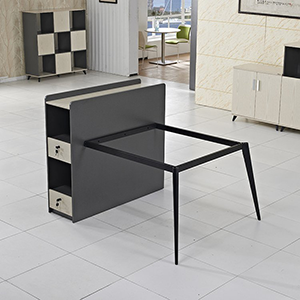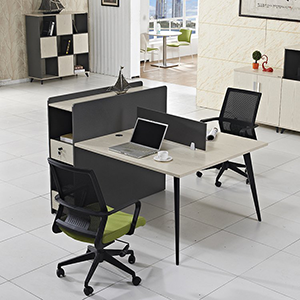The difference between swing gate and tripod turnstile in structure and use place
As the main access gates on the market, swing gates and tripod turnstiles are widely used in residential areas, scenic spots, stations, factories, schools, gymnasiums and other places. These two common access gates have structural differences in their application scope. There are also differences. Do you often have questions when purchasing? Which channel gate is best to choose? Today, the staff of Xinxintong will explain to you the differences in their structure and application.
The structural differences between swing turnstiles and tripod turnstiles:
The swing gate, also known as the bridge gate, has been inherited from the original bridge-shaped structure. It consists of a main chassis and two movable swing rods. The movable swing rods are opened and closed to achieve traffic control; when the gate opening signal is not received, the swing gate is also called a bridge gate. When, the swing arm automatically locks, and when the gate opening signal is received, the swing gate automatically opens and closes.
The tripod turnstile, also known as the three-stick turnstile and the three-pronged bar, play a role in regulating traffic. The current model on the market divides the tripod turnstile into two modes of passage: manual push and automatic rotation; when the fully automatic tripod turnstile reads a valid card, The gate lever automatically rotates at an angle of 15 degrees. After pedestrians enter, they only need to gently move the gate lever and it will automatically rotate in the direction of the person's walking.
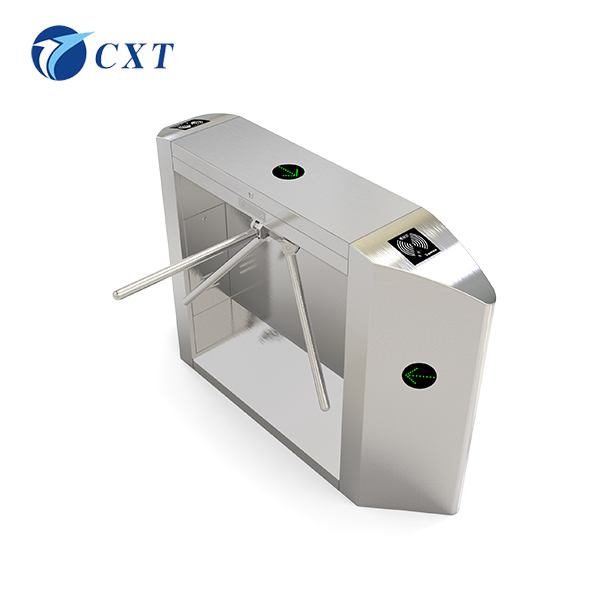
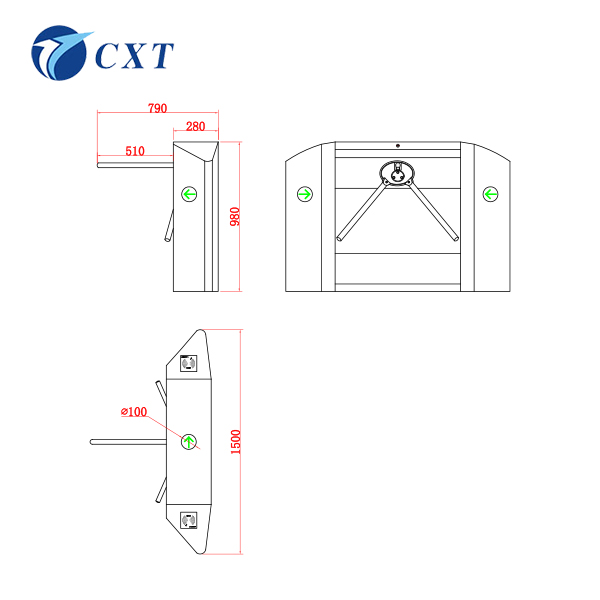
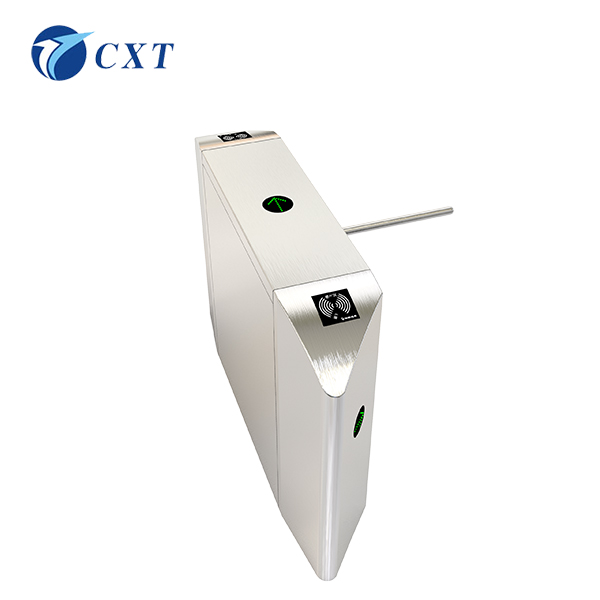
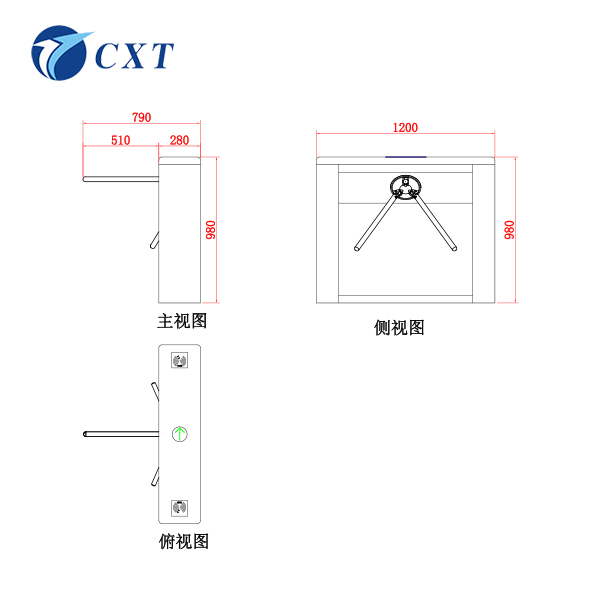
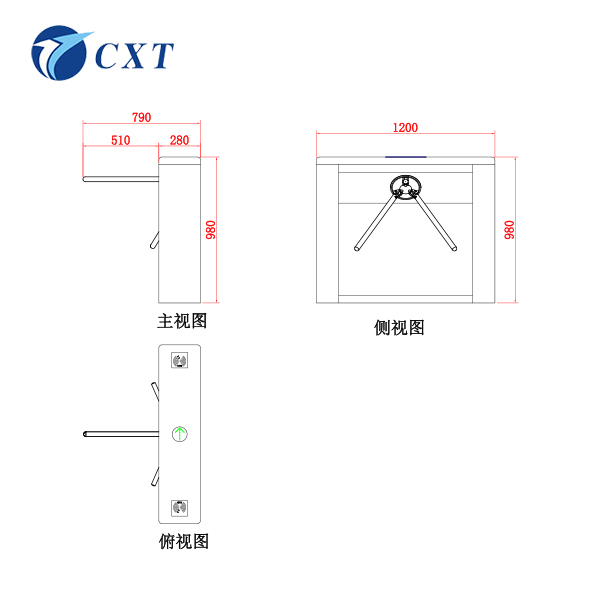
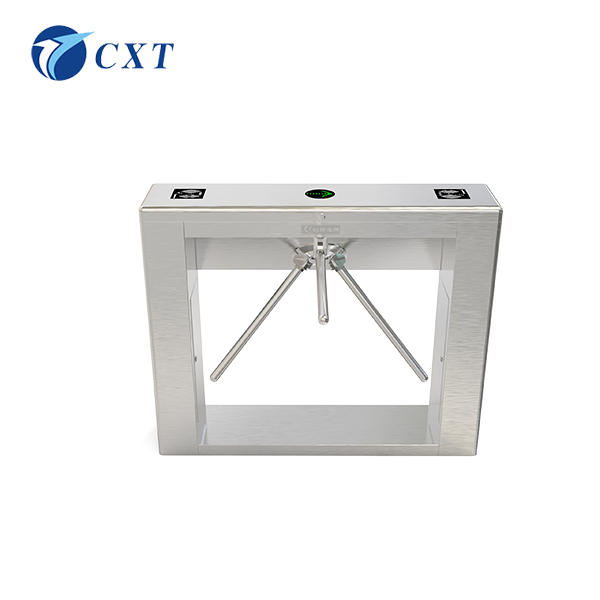
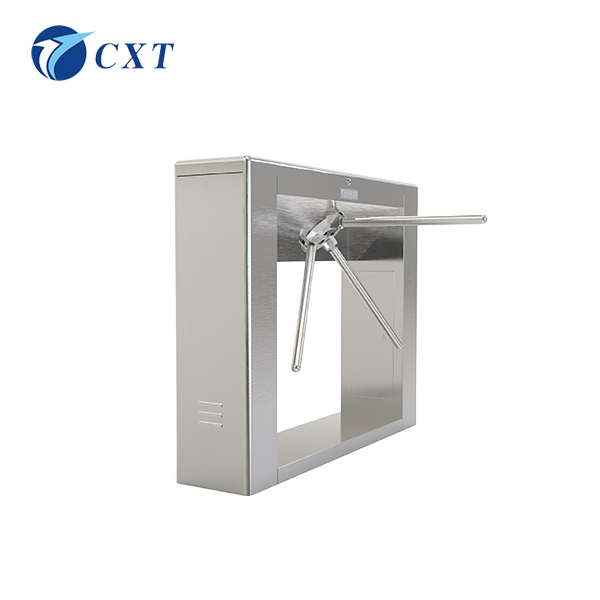
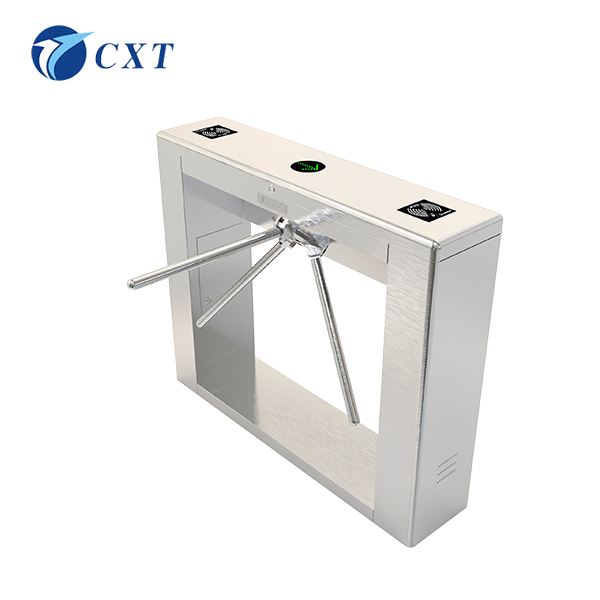
The difference in application scope between swing gate and tripod turnstile:
Both swing gates and tripod turnstiles are suitable for single or two-way control of entrance and exit passages of people:
1: Ticket verification channels: talent market, exhibitions, swimming pools, stadiums, etc.;
2: Import and export channels: stations, docks, customs gates, tourist attractions, etc.;
3: Attendance, access control, consumption management: communities, factories, enterprises and institutions



 中文
中文


